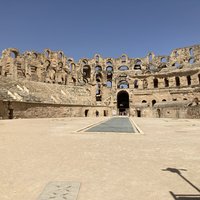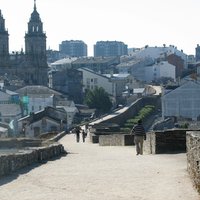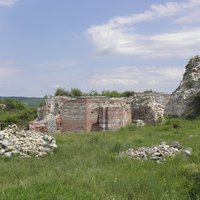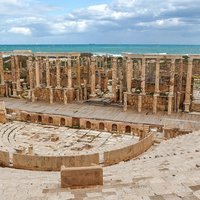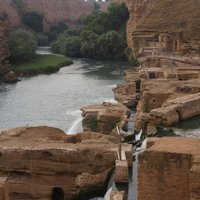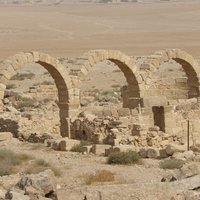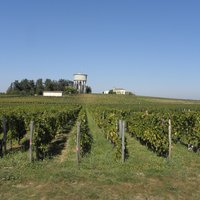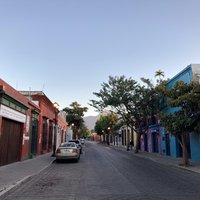Connected Sites
-
built in 238
-
between 263 and 276
-
Became a favourite burial place after Rabbi Judah died in about 220 CE and was buried here (AB ev)
-
Diocletian's Palace built 293-305
-
late 3rd century (AB ev)
-
Septimus Severus renewed the town after he became Roman emperor in 193; in 203 an arch was erected in his honour, and "At the end of his 203 visit Septimius Severus gave orders for a general upgrade to the facilities of Leptis and in particular for the construction of a series of public buildings"
-
in its present form, it dates from the 3rd century CE (AB ev)
-
Founded as a Roman camp (kastro). "It contains remains from the Roman, Byzantine and Early Muslim periods (end of 3rd to 9th centuries AD)" (AB ev)
-
date back to the earliest and latest moments of the Sassanian Empire, which stretched across the region from 224 to 658 CE (AB ev)
-
"With the prosperity of Burdigala (Bordeaux), Valerius Probus used his legions to fell the Cumbris forest in AD 275 BC (sic) and created the first vineyards by grafting new varieties of grape on the Vitis biturica that grew naturally in the region."
-
The history of Monte Alban is described in 5 phases. Phase I : 500-200BC (It emerges as the "regional capital"). Phase II : 200BC -300AD (The "site begins to assume much of the appearance it presents today"). Phase III : 300AD -750 AD. (Becomes involved "in some way" with Teotihuacan "the last period of major construction at Monte Alban when most of the structures now visible were completed.") Phases IV + V : 750 -1520AD. (The public areas are abandoned but it possibly continues in use as a necropolis. ) See
See inside.mines.edu

